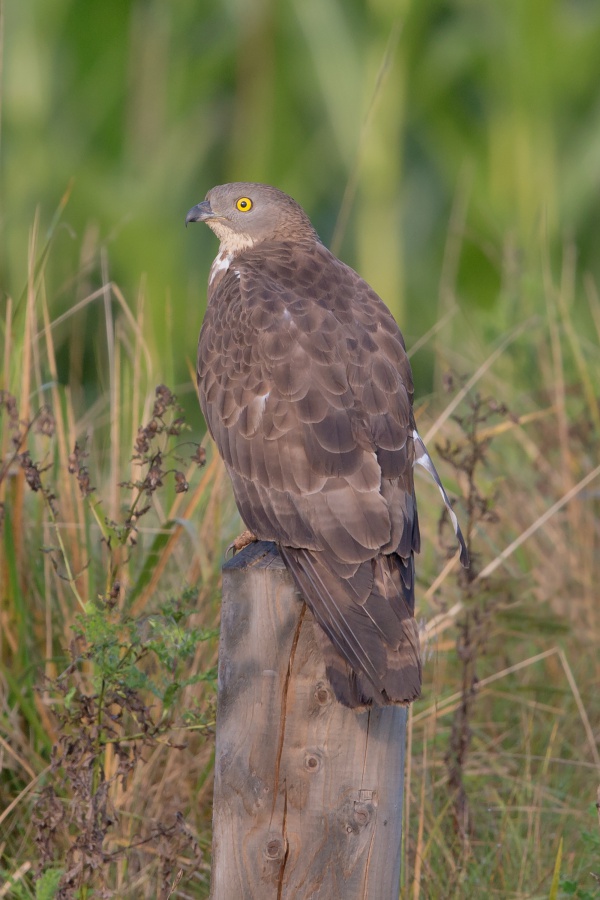Facts About European honey buzzard
The European honey buzzard, also known as the pern or common pern, is a captivating bird of prey from the Accipitridae family. Contrary to what its name suggests, it is more closely related to kites than to true buzzards. Its scientific name, rooted in Ancient Greek and Latin, underscores its unique diet of bees and wasps.
This bird is larger than the common buzzard, distinguished by a longer neck, smaller head, and a longer tail with fewer bars.
During summer, the European honey buzzard inhabits the western Palearctic region, ranging from Europe to southwestern Siberia. In winter, it migrates to tropical Africa. It favors woodlands and even exotic plantations. As an adept long-distance traveler, it utilizes magnetic orientation and visual memory to navigate and avoid large bodies of water on its migratory path.
In Britain, the European honey buzzard is a rare breeder and an uncommon migrant, though significant populations exist in specific areas.
Juvenile European honey buzzards have plumage that mimics that of common buzzards, possibly as a protective measure against predators like the northern goshawk. These birds exhibit intriguing behaviors, such as soaring in thermals, flying low through wooded areas, and performing distinctive wing-clapping displays during the mating season. Their diet primarily consists of wasp larvae and nests, and they are the only known predators of the Asian giant hornet.
For breeding, the European honey buzzard prefers woodlands. Males are territorial and engage in wing-clapping displays to attract mates. Typically, a clutch consists of two eggs, though occasionally there may be one or three. Instances of siblicide are rare.
The European honey buzzard's specialized diet, physical adaptations, and a chemical deterrent in its feathers help protect it from wasp attacks, making it an exceptionally remarkable bird.

 Belgium
Belgium